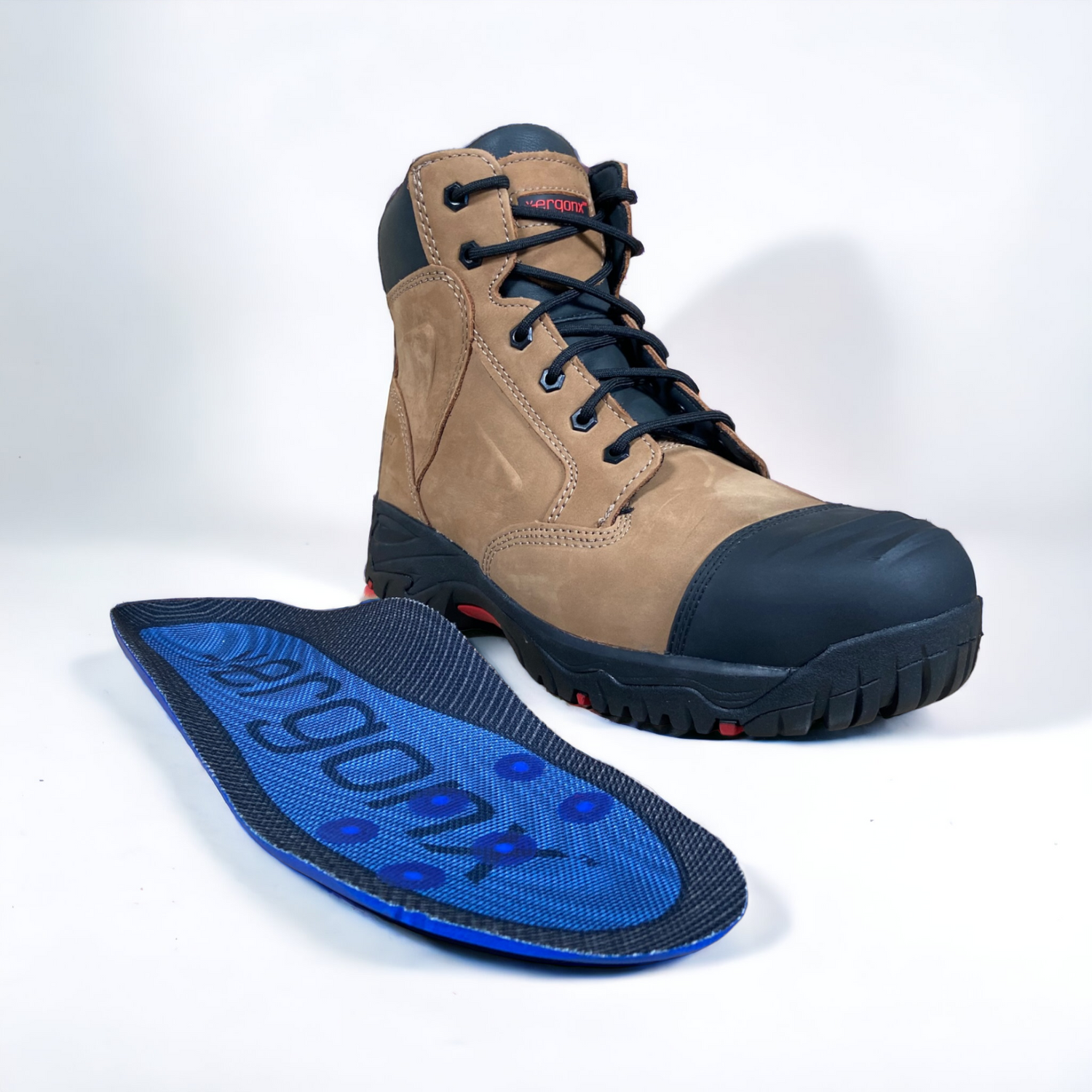The three phalanges of each small toe or finger are named according to their location.
The Proximal phalanges are the ones present in close proximity to the body. These bones on their back end join with the bones of the hand (metacarpals) or sole of the foot (metatarsals).
Distal phalanges are the ones present most distant to the body. These form the tips of the toes and fingers. These phalanges support the nails and ends of the digits.
Middle or Intermediate phalanges are obviously the ones present in between proximal and distal phalanges. These are the ones missing in big toe or thumb.
Phalanx bones do not have individual names; these are mentioned according to the digit they belong to, such as proximal phalanx of big toe, middle phalanx of third toe, distal phalanx of the thumb and so on.
Phalanges of the toes are much shorter in length compared to those of the fingers, which are relatively long and slender.
Phalanges serve to increase the weight bearing area of the foot and to improve leverage during motion.






